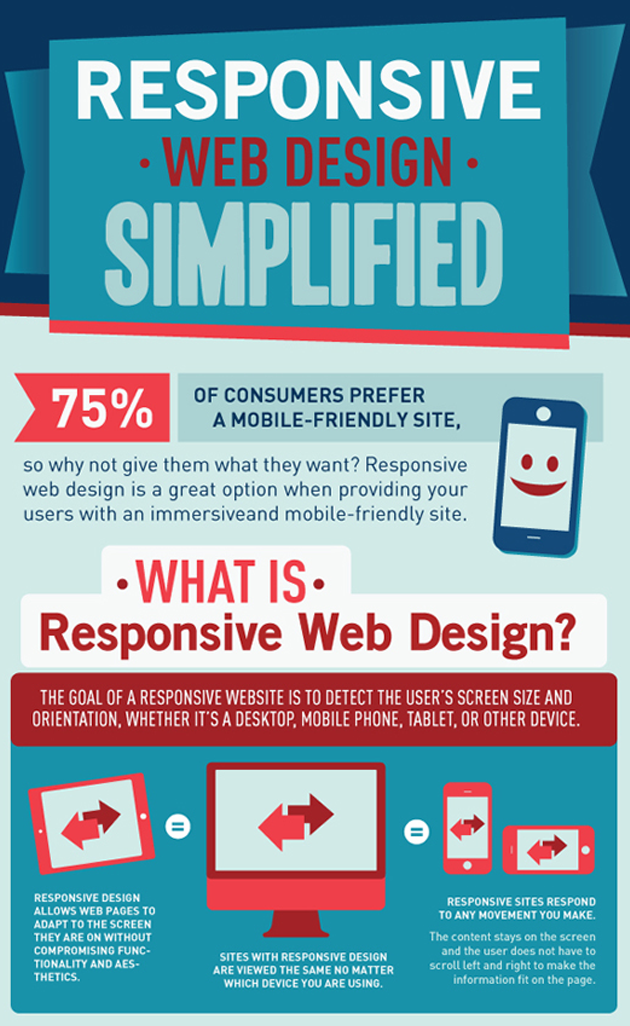Core Concepts Of Internet Site Design: Guidance For Crafting A User-Friendly Online Presence
Core Concepts Of Internet Site Design: Guidance For Crafting A User-Friendly Online Presence
Blog Article
Article Created By-Abildtrup Neville
When it pertains to site design, ensuring user-friendliness is key. From responsive design to structured navigation, every aspect plays a critical duty in producing a site that satisfies your audience's demands. Yet what regarding the better details that can make or break a user's searching experience? Remain tuned as we uncover some often-overlooked pointers that can boost your web site's use to the next degree, making it truly stand out in the digital landscape.
Relevance of Responsive Design
Receptive style is a crucial aspect of modern-day site advancement. search engine optimisation for pr is responsive methods that it can adapt to different screen dimensions and tools, offering a seamless experience for individuals.
With the increasing use of mobile phones and tablets to access the internet, having a responsive design is important for getting to a wider audience. It helps in enhancing individual experience by making your web site very easy to navigate and keep reading any type of device.
Furthermore, receptive layout can positively affect your online search engine rankings, as internet search engine like Google focus on mobile-friendly websites. By having a responsive design, you're additionally future-proofing your web site, as new devices with varying display sizes continue to emerge.
Simplify Navigation Structure
To enhance individual experience and promote simple access to details on your internet site, simplifying the navigating structure is paramount. When creating your site, focus on developing a clear and user-friendly navigating food selection that assists visitors discover what they're searching for quickly.
Limit the variety of menu things to the essentials, grouping associated pages together to stay clear of frustrating individuals. Usage descriptive labels that clearly indicate the web content of each page, making it easier for customers to recognize where each link will take them.
Think about carrying out dropdown menus for subcategories to stop littering the main navigation bar. In addition, include a search bar plainly on the web page for individuals who like looking for certain information.
Focus on mobile responsiveness in your navigating style to ensure easy gain access to on all tools.
Maximize Page Lots Rate
Improving page tons rate is important for maintaining visitors on your site. Slow-loading web pages annoy individuals and can cause high bounce prices. To maximize web page load speed, start by maximizing images. Press pictures without jeopardizing top quality to minimize their file sizes.
Additionally, enable internet browser caching to store often accessed resources locally, speeding up lots times for returning site visitors. Minify CSS, JavaScript, and HTML data by getting rid of unneeded personalities, comments, and format, improving lots rate.
Think about utilizing a web content delivery network (CDN) to disperse your site's web content throughout numerous web servers worldwide, decreasing latency for customers accessing your website from different locations. visit this site but not least, limit using third-party scripts and plugins, as they can significantly affect lots times.
Final thought
Finally, by incorporating responsive layout, simplifying navigating, and enhancing web page lots speed, you can produce an easy to use site that appeals to a larger audience and boosts user experience. These essential elements guarantee that visitors can conveniently accessibility and browse your site across various devices, resulting in raised involvement and complete satisfaction. By focusing on these essential elements, you can develop a successful website that maintains users coming back for more.
